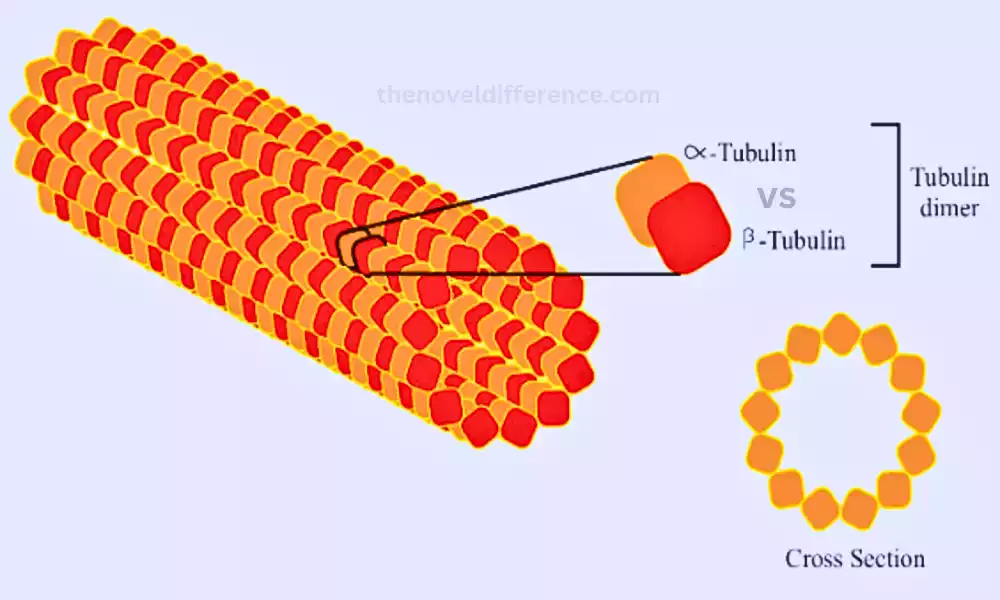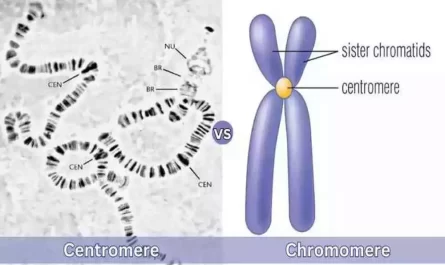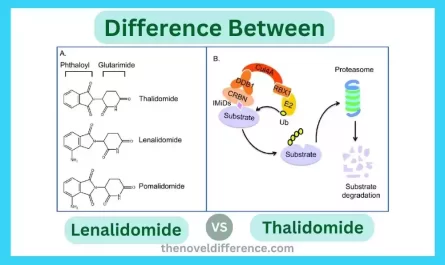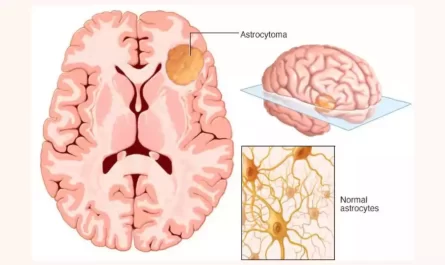Understanding the difference between alpha and beta tubulin is crucial to unraveling the complex world of cell biology. These two important components of microtubules play distinct roles within the cell. In this comprehensive guide, we briefly discuss the variants, focusing on their structure, function, and implications for cellular function.
Importance of Alpha Tubulin
Alpha tubulin is an important component of the tubulin heterodimer. which plays an important role in the formation and stabilization of microtubules. which are dynamic filamentous structures required for various cellular processes. These processes include maintaining cell shape and providing structural support. Facilitating intracellular transport of organelles and molecules. Ensuring proper chromosome segregation during cell division.
Enabling cell motility through ciliary and flagellar movement. The unique structure of alpha-tubulin, including its binding sites and interactions, contributes to microtubule nucleation. Acts as a seed around which tubulin heterodimers assemble to form a growing microtubule lattice. Post-translational modifications of alpha-tubulin affect microtubule stability.
thereby influencing the overall dynamics of the cellular microtubule network. So, alpha-tubulin plays a central role in maintaining the structural integrity and functional versatility of the cell. Acts as the basis of microtubule assembly and regulation. Its complex involvement in vital cellular processes makes it a key focus in both basic cell biology research and the development of therapeutic strategies targeting microtubule-related diseases.
Importance of Beta Tubulin
Beta tubulin is an essential component of the tubulin heterodimer. which significantly contribute to the dynamic behavior of microtubules and the myriad functions they support within the cell. One of the most important roles of beta-tubulin is its participation in polymerization and depolymerization processes. which causes the growth and contraction of microtubules.
By interacting with alpha-tubulin and GTP molecules, beta-tubulin influences the formation of GTP caps at the growing ends of microtubules. which determines their stability and dynamic instability. This dynamic instability is an important aspect of microtubule function. which allows cells to rapidly reconfigure their microtubule network in response to changes in cellular needs.
The ability of beta-tubulin to hydrolyze GTP to GDP during microtubule assembly provides energy for these processes. and contributes to microtubule-associated motor protein binding. which allows the transport of intracellular cargo along microtubule tracks.
The distinct sequence and binding properties of beta-tubulin allow for selective interactions with various microtubule-associated proteins (MAPs). which further regulates the organization and function of microtubules. So, the multifaceted contribution of beta-tubulin to microtubule dynamics and organization. making it an important player in fundamental cellular processes. It becomes a target of interest in research on cell biology, disease mechanisms, and therapeutic interventions.
What is Alpha Tubulin?
Alpha tubulin is an important protein. which forms one-half of the tubulin heterodimer. The building blocks of microtubules—the dynamic, filamentous structures essential for numerous cellular processes. Among these processes is the maintenance of cell shape. providing structural support, and facilitating intracellular transport. Includes enabling cell motility and ensuring proper chromosome segregation during cell division.
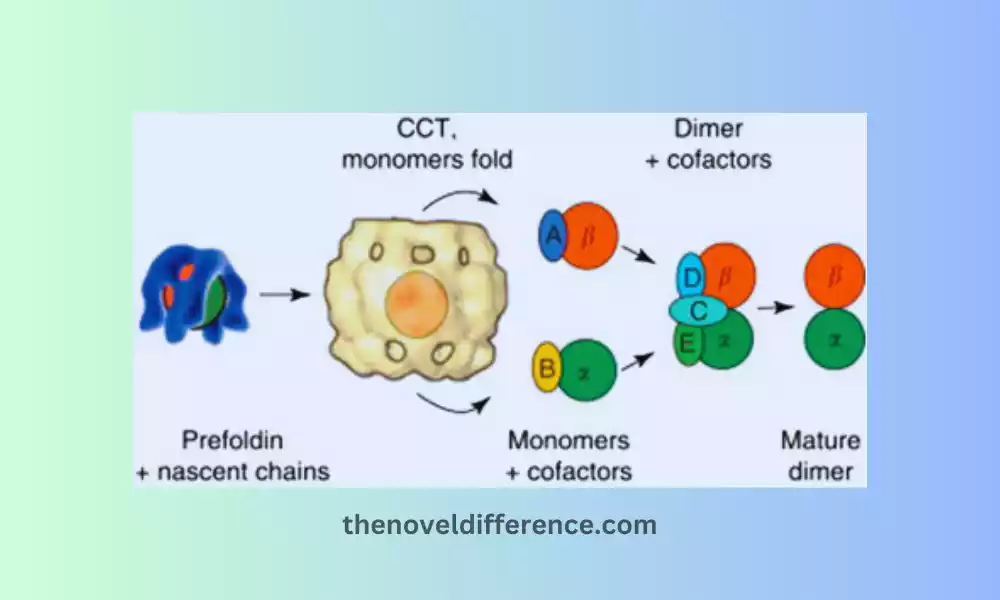
The structure of alpha-tubulin consists of a conserved domain. which binds GTP. A nucleotide is essential for microtubule assembly. The role of this protein in microtubule nucleation is important. It acts as a seed. around which tubulin heterodimers assemble. which initiates microtubule growth.
Post-translational modifications of alpha-tubulin affect microtubule stability. affects overall microtubule network dynamics. Through its versatile functions, alpha-tubulin lays the foundation for microtubule architecture. orchestrates their structural integrity and functional versatility. making it a fundamental focus of cellular biology research and a potential target for therapeutic intervention.
What is Beta Tubulin?
Beta tubulin is an essential component of tubulin heterodimers. A building block that forms dynamic microtubules. Integral to a plethora of vital cellular processes. It interacts with alpha-tubulin and confers a unique ability to hydrolyze GTP to GDP. Beta tubulin plays a role in regulating the growth and contraction of microtubules. This interplay dictates the formation of the GTP cap.
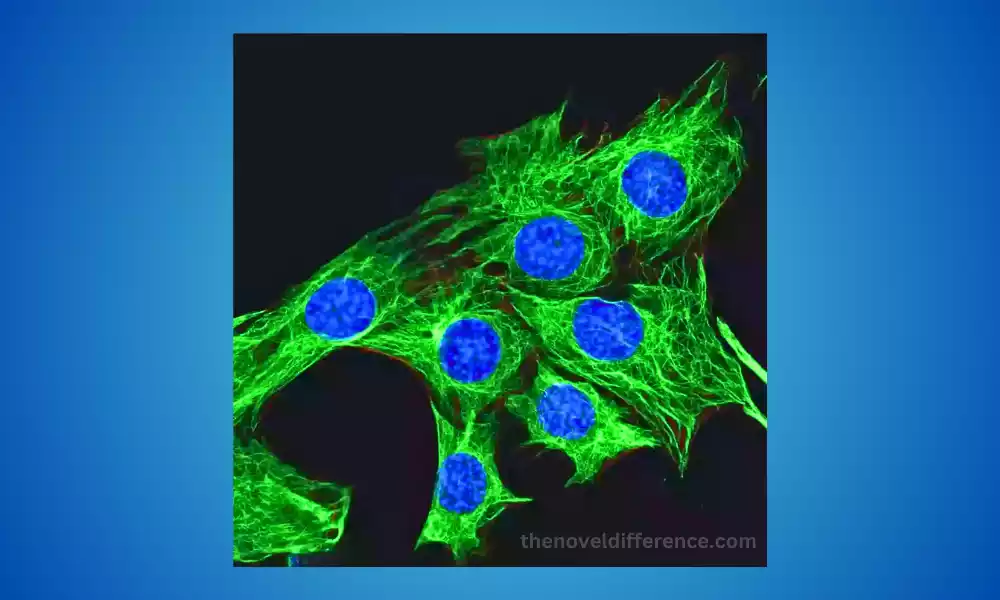
which are determinants of microtubule stability and dynamic instability—a hallmark feature of microtubule behavior. Dynamic instability allows microtubules to rapidly switch between phases of growth and contraction, adapting to the changing needs of the cell. The GTPase activity of beta-tubulin not only drives microtubule assembly. Rather, it also affects interactions with motor proteins. which facilitates intracellular transport along microtubule tracks.
The distinct sequence of beta-tubulin contributes to selective interactions with microtubule-associated proteins (MAPs). which further regulates the organization and function of microtubules. So, beta tubulin’s complex involvement in microtubule dynamics, organization, and interaction networks positions it as a linchpin in cellular function. Cell biology deserves extensive research attention. and provides potential avenues for therapeutic strategies to target various diseases and disorders.
Difference Between Alpha and Beta Tubulin
| Aspect | Alpha Tubulin | Beta Tubulin |
|---|---|---|
| Position in Heterodimer | One-half of the tubulin heterodimer | The other half of the tubulin heterodimer |
| Nucleotide Binding | Binds GTP | Binds GTP, undergoes GTP hydrolysis |
| Microtubule Nucleation | Initiates microtubule growth by serving as a seed | Regulates microtubule dynamics through GTP cap |
| Stability Influence | Influences microtubule stability through modifications | Dictates microtubule stability via GTP cap |
| Dynamic Instability | Less associated with dynamic instability | Contributes to dynamic instability |
| Interactions | Selective interactions with certain microtubule-associated proteins | Binds to various microtubule-associated proteins |
| Role in Microtubule Growth | Essential for microtubule nucleation and initiation | Influences polymerization and depolymerization |
| Function in the Cell | Supports microtubule structure, cellular transport, cell division | Drives microtubule dynamics, intracellular transport |
Please note that this chart provides a simplified overview of the differences between alpha and beta tubulin and does not encompass all the intricacies of their roles and interactions within the cell.
Dynamic Instability and Microtubule Dynamics
Dynamic instability is a phenomenon central to microtubule behavior. which describes the rapid and stochastic transition between growth and contraction phases exhibited by individual microtubules. This dynamic behavior is essential for the adaptability and versatility of microtubules in fulfilling different cellular functions.
Dynamic Instability Process:
- Growth (Polymerization): During this phase, the microtubule’s positive end (also known as the plus end) adds tubulin subunits, elongating the microtubule structure. The GTP-bound tubulin subunits add to the plus end, forming a GTP cap.
- Catastrophe: After a variable period of growth, the microtubule can undergo a sudden switch to the shrinking phase, known as catastrophe. The GTP cap is lost, and the microtubule destabilizes, leading to depolymerization.
- Shrinkage (Depolymerization): During this phase, the microtubule loses tubulin subunits from its plus end, shortening in length. The process continues until a new GTP cap is established.
- Rescue: Once a critical concentration of GTP-bound tubulin is reached at the microtubule end, the catastrophe can be averted, and the microtubule switches back to growth mode.
Significance of Dynamic Instability:
Dynamic instability provides several advantages to cells:
- Rapid Adaptation: Microtubules can quickly reconfigure in response to cellular needs, such as changes in transport requirements or structural demands.
- Chromosome Segregation: Dynamic instability ensures proper chromosome segregation during cell division by allowing microtubules to interact with chromosomes and mitotic spindles.
- Intracellular Transport: Motor proteins that move along microtubules (kinesins and dyneins) benefit from the dynamic instability, allowing efficient and regulated cargo transport within cells.
Role of Alpha and Beta Tubulin: Both alpha and beta tubulin play important roles in dynamic stability. The GTPase activity of beta-tubulin affects the stability of the GTP cap at the plus end of microtubules. Alpha tubulin, as part of the heterodimer, contributes to the nucleation of new microtubules. which initiates the growth phase after recovery.
So, dynamic instability provides microtubules with the ability to rapidly switch between growth and contraction. enabling them to participate in a wide range of cellular processes and adapt to the dynamic environment within the cell. This feature highlights the importance of alpha and beta tubulin in regulating microtubule motility. and underscores their major role in fundamental cellular functions.
Conclusion
In the complex world of cellular biology, the distinction between alpha and beta tubulin is essential. These proteins affect cell structure, division, and movement. which helps shape the microtubules. Their interplay affects important processes from mitosis to intracellular transport. Understanding the nuances of alpha and beta tubulin provides insight into cellular functions and holds promise for advancing medical therapies.

